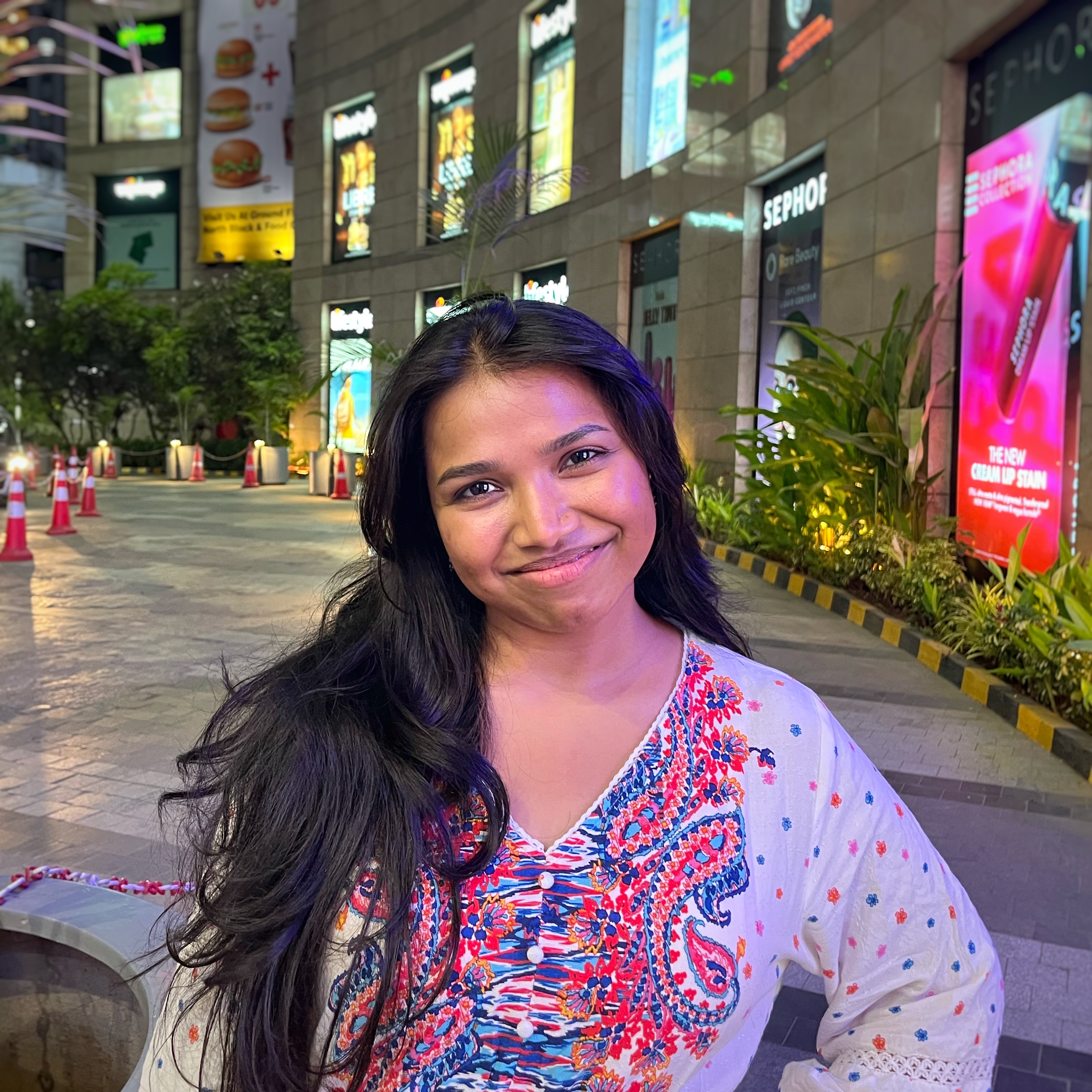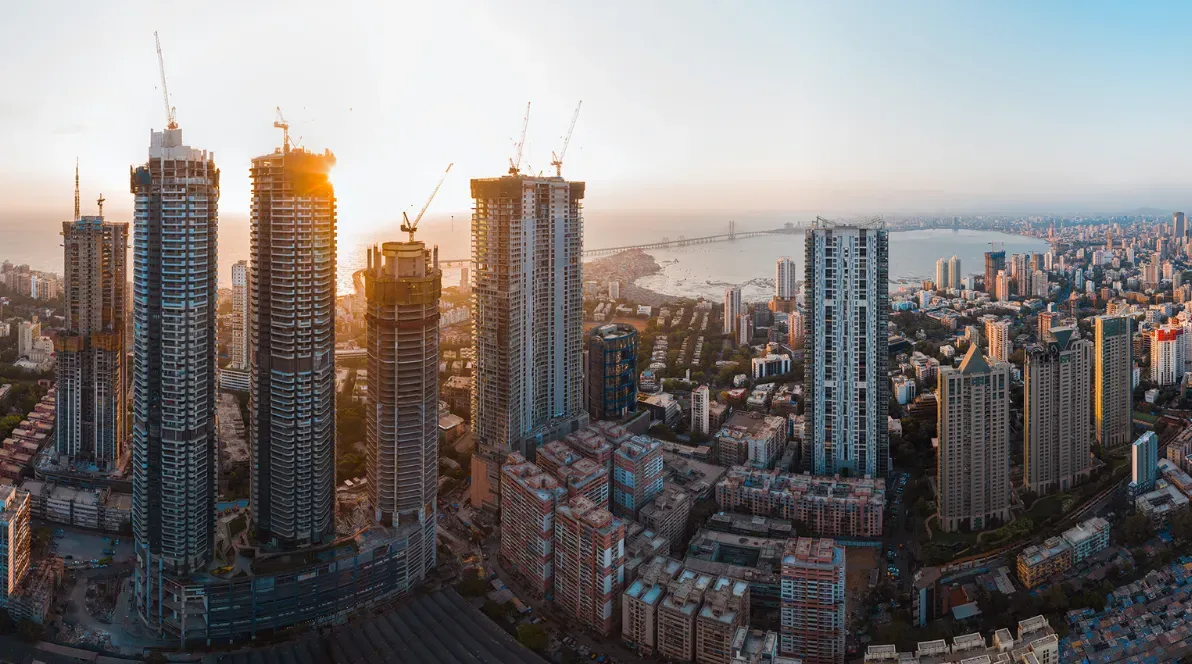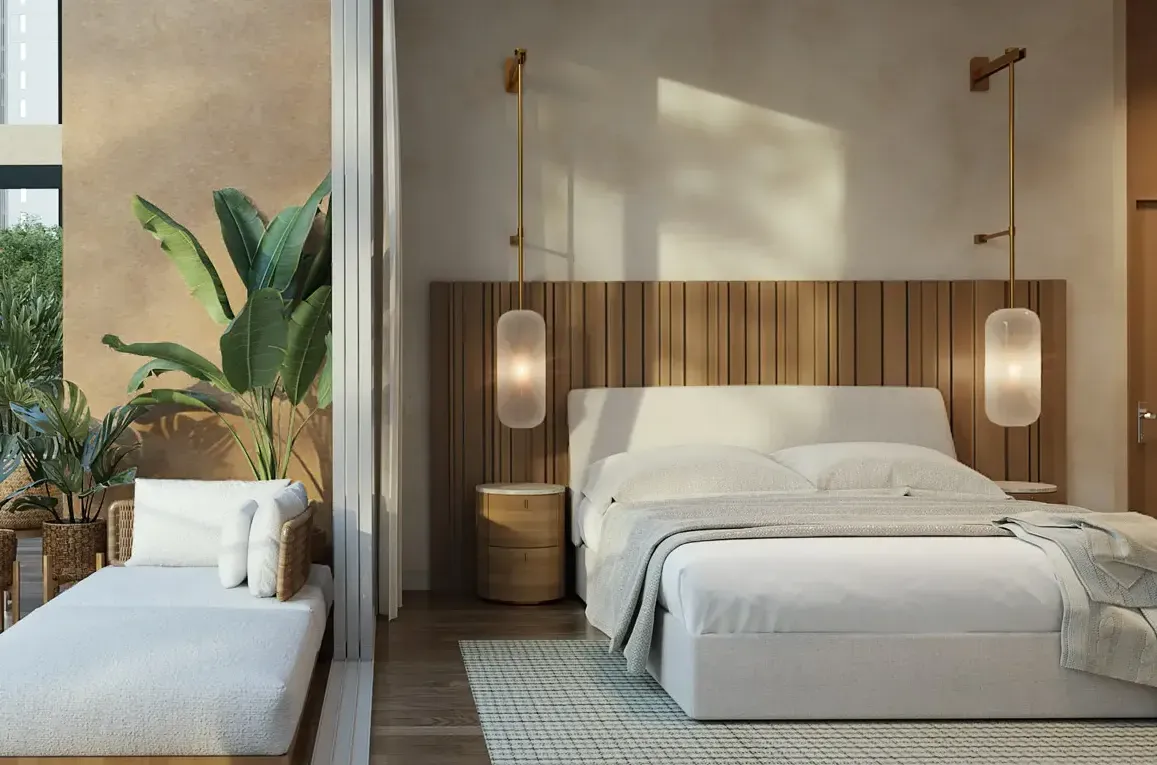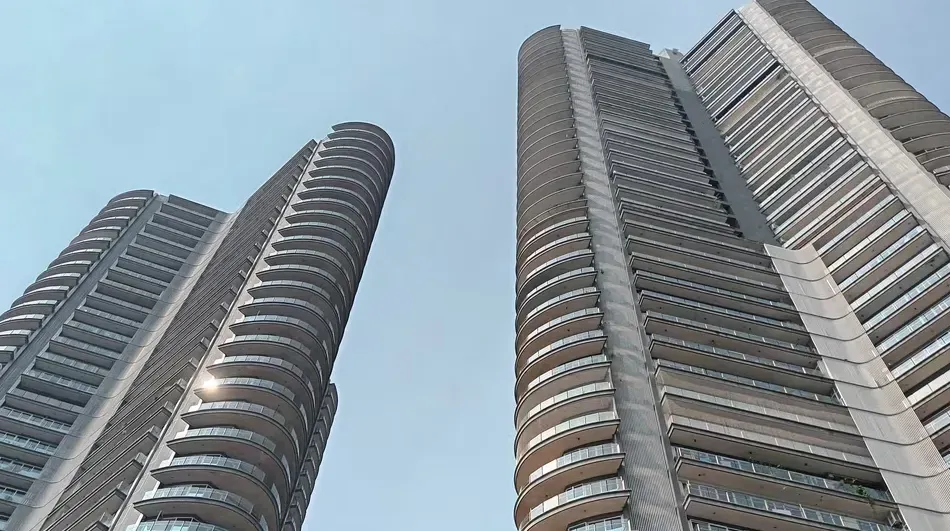1BHK Flats in Mumbai: Which Areas Offer the Best Affordability and ROI?

By
Shrusti Naik
Posted on September 22, 2025. 10 mins

1BHK Flats in Mumbai: Which Areas Offer the Best Affordability and ROI?

Buying a 1BHK flat in Mumbai isn’t just about having a roof over your head, it’s also about making a smart investment. With property prices soaring, infrastructure improving, and demand high, where you buy can make a big difference to how affordable it is, how fast it appreciates, and how much rental income you can earn. In this article, we compare localities, price ranges, rental yield, and growth potential across Mumbai in 2025 so you can decide where a 1BHK flat offers the best combination of affordability and ROI. You might as well read Is It Worth Buying a 1BHK in Mumbai in 2025, or Should I Wait?
Key Stats (2024-2025 Mumbai Market)
| Metric | Value | Source & Context |
|---|---|---|
| Typical 1BHK flat price range in Mumbai suburbs | ₹ 60 lakh – ₹ 1.5 crore | Depending on location and amenities. [1] (MoneyTree Realty, 2025) |
| Average price per sq. ft in Thane (2025) | ₹ 19,800/sq ft | Thane saw ~46% rise in prices over past 3 years to reach this in mid-2025. [2] (Economic Times – ANAROCK, Jul 2025) |
| Rental yield considered “good” in Mumbai | ~4%+ | Yields around 2-4% are average; above 4% is good. [3] (NoBroker, Jan 2025) |
| Average rent for 1BHK in Mumbai (2025) | ₹ 25,000-₹ 35,000/month | Varies by locality. [4] (NoBroker, 2025) |
Besides, read our Latest Blog on Union Budget 2025.
Affordability vs ROI: How to Read the Numbers
When comparing localities, two key metrics matter:
- Affordability: purchase price per sq ft, total cost (including taxes, maintenance), EMI burden relative to income.
- ROI (Return on Investment), especially rental yield + capital appreciation over time.
A locality might offer very affordable prices, but if rental demand is weak, ROI will suffer. Conversely, very premium areas may give good rent but steep purchase costs and slower growth.
Top Areas Offering Best Affordability and ROI for 1BHK
Based on current data (2024-2025), here are some locality-wise comparisons. These represent good mixes of affordability + expected appreciation + rental yield.
| Locality | Approx Price/sq ft (1BHK) | Typical Total Price (1BHK) | Expected Rental Yield | Growth Potential / Upcoming Infrastructure |
|---|---|---|---|---|
| Thane (suburbs) | ~ ₹ 19,800/sq ft | For a ~450-550 sq ft unit: ₹ 90-₹ 1.1 crore | 3-4% in many locations; some micro-markets above 4% | Strong rise over past 3 years (≈46%), good connectivity, upcoming metro/road projects. [2] |
| Mira Road | ~ ₹ 10,000-₹ 13,000/sq ft (resale) | ~ ₹ 40-₹ 60 lakh for modest 1BHK | ~3-4.5% depending on exact locality & amenities | Metro Line 9, improved connectivity, good demand from commuters. [3] |
| Naigaon / Vasai / Virar | ~ ₹ 6,000-₹ 8,000/sq ft | 1BHK often ~ ₹ 30-₹ 45 lakh | ~3.5-4% (for well-connected projects) | Rail, road expansion; these are further suburbs so longer commute. [3] |
| Mira Road / Malad West (Resale Premium Localities) | ~ ₹ 15,000-₹ 22,000/sq ft in many resale 1BHKs | ₹ 70-₹ 1.1 crore | Rent tends to be higher; yield ~3-4% net | Premium amenities, sea-link, established social infrastructure. [6] |
| Panvel / Navi Mumbai Periphery | Moderate: similar to Virar or slightly higher depending on project | ₹ 35-₹ 55 lakh for modest units | 3-4% or higher in upcoming sectors | Navi Mumbai International Airport, metro/rail expansion – good long-term growth. [4][1] |
Also, read our Latest Blog on What Promises Better Returns: Realty or Other Assets.
What Data Shows: Appreciation & Rental Trends
- Thane has recorded ~46% property price rise in 3 years, making it among the top performers in Greater Mumbai for appreciation. [2]
- Rental prices for 1BHKs in many suburbs are rising; for example in some parts of Bandra, rents have increased from ~₹ 50,000 to ~₹ 75,000 in a few years. [5]
- Weighted average property rate growth is modest but steady (Mumbai sales and new project launches have increased, driving demand). [4][1]
These trends suggest that areas with improving connectivity (rail/road/metro) and good infrastructure are delivering strong ROI if you buy now.
Trade-Offs to Consider
Even in the top areas, there are downsides; you should weigh these:
- Commuting time and costs: Cheaper suburbs often mean longer travel and higher daily costs.
- Maintenance & society charges: Newer projects may have higher monthly dues; resale units may have deferred maintenance.
- Liquidity / resale value: Premium localities often resell more easily; farther suburbs may have lower buyer demand.
- Regulatory / legal risks: Ensure RERA registration, clear title, OC/CC etc. Projects in outskirts may have slower development.
Also, Read our Blog on GST on Real Estate.
Which Locality Should You Choose Based on Your Goal?
Here are some “personas” (types of buyers) and which areas likely suit them best:
| Buyer Type | Best Localities to Consider | What You’ll Sacrifice / What You Get |
|---|---|---|
| First-time buyer / Budget constrained | Naigaon, Virar, Taloja, Peripheral Navi Mumbai | Lower price, longer commute; less prestige; but good value and decent growth. |
| Working professional wanting shorter commute | Mira Road, Thane, Andheri East | Higher purchase cost; higher EMI; but better access and amenities. |
| Investor seeking rental income | Thane, Mira Road (resale), Malad West | Lower vacancy risk in well-connected suburbs; yields somewhat modest but stable. |
| Premium segment or long-term appreciation | Bandra, Juhu, Powai, BKC – but here 1BHK may cost a lot, so the margin of appreciation may be lower relative to purchase cost. |
Signals to Look for Before Final Decision
To maximize ROI, watch for the following indicators:
- Upcoming infrastructure: metro lines, expressways, rail link improvements. (Connectivity often drives price jumps.)
- Resale vs new launches: Resale in good locations may already have amenities and occupancy; new launches give you lower cost per sq ft but risk and waiting time.
- Developer reputation and RERA status: Clear title, timely delivery, good track record matter.
- Carpet area vs built-up: Flat that shows lower super built-up but good carpet gives more usable space.
- Future policy shifts: Stamp duty, property tax, new regulations can affect cost and profitability.
Also, read our guide on Maharashtra Government ‘One State One Registration’ Scheme.
Conclusion

If you are looking for the best combination of affordability and ROI for a 1BHK flat in Mumbai in 2025, then suburbs like Thane, Mira Road, Naigaon/Virar, and the Navi Mumbai periphery currently offer the strongest value proposition. They combine relatively lower entry prices with solid appreciation potential and reasonable rental yields.
Premium localities such as Malad West, Bandra, or Juhu remain appealing but demand much higher capital, ROI in percentage terms may be lower after factoring cost, tax, and maintenance. For buyers who want both affordability and good return, suburbs with improving connectivity are likely to outperform many premium areas over the next 5-10 years.
Ultimately, the right area depends on your budget, how much commute/time you're okay with, and whether you prioritize rental income now or capital growth later. For those in pursuit of their dream home, investment opportunities, or a sanctuary to call their own, Jugyah provides top housing solutions with its intelligent technology.
FAQs
-
What is the average price of a 1BHK flat in Mira Road vs Thane?
In Mira Road (resale or moderate new flats), 1BHKs are roughly ₹ 40-₹ 60 lakh in the current market, with rates around ₹ 10,000-₹ 13,000 per sq ft in many cases. [3] In Thane, price per sq ft is about ₹ 19,800, so a similar size 1BHK (450-550 sq ft) may cost ~₹ 90-₹ 110 lakh there. [2] -
Which area gives better rental yield for 1BHKs, suburbs or premium suburbs?
Suburbs tend to offer better yields in percentage terms (≈ 3-4.5%), because purchase cost is lower while rent demand is steady. Premium suburbs often have higher rents but purchase cost is also much higher, so yield percentage may be lower. [1][3] -
Are resale 1BHK flats a better deal than new ones?
Often yes, especially in suburbs with established infrastructure. Resale flats may have lower cost per sq ft, immediate possession, and less risk. But new launches may offer newer amenities, better design, and potential for capital appreciation if in growth corridors. -
How fast are prices appreciating in suburbs like Thane or Naigaon?
Thane has seen ~46% price growth over the past 3 years. [2] Other suburbs like Mira Road, Naigaon, etc., are also rising but generally slower, expectations of ~8-12% YoY in good micro-markets. (Exact numbers depend on connectivity, amenities, project quality.) -
What is the risk of buying in further suburbs like Virar or Taloja?
The trade-offs include longer commuting times, possibly lower resale / tenant demand, infrastructure delays, and occasionally weaker social amenities (schools, hospitals). But you get lower entry cost, good growth potential if infrastructure (roads/rail/metro) improves, and possibility of higher ROI in % terms.